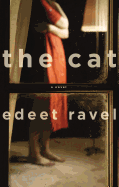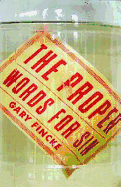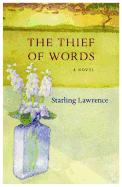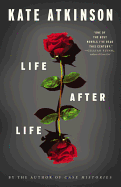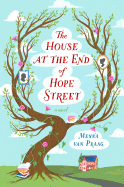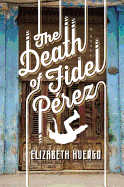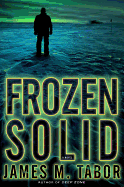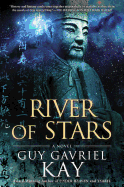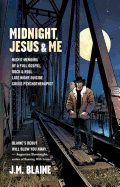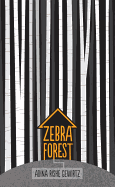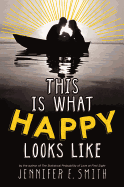 |
| photo: Samantha Kidd Photography |
For more than 20 years, Guy Gavriel Kay has been writing literate, entertaining fantasy novels, rooted in real historical settings. His poetic style, rich and compelling characters and believable world building have earned him the respect of his peers and a large and fervent readership. His books have won many awards, including the 2008 World Fantasy Award for Best Novel for Ysabel. His newest novel is River of Stars (Roc, $26.95), set in an alternative fantasy version of China, circa 1100. See our review below.
Tell us about River of Stars for the reader who's not familiar with your work.
River of Stars is inspired by history: the remarkable Northern Song dynasty of China (around 1100 A.D.). It moves from the tensions of a dangerous court to scenes involving the most ordinary people in villages so small they aren't even on the map. One mother does the bravest thing in the book, perhaps, to try to save her beloved, very sick daughter... and all she does is walk, alone, to the neighbouring market town. These small moments in people's lives are central to how I write.
The two main characters are a man and a woman who are each, in their own way, fighting what their time and world "allow" people to be. The role of women in this very "formal" society is a major theme. The book is pitched on a very large scale--war, peace, politics, intrigue--but I am always as interested in the inner lives and relationships of my characters. That means romantic love, parent-child dynamics, and even two brothers who are among my favorite figures in the novel. I want readers to care about these people and what happens to them.
The action takes place hundreds of years after the events in Under Heaven. Did you know this was the direction you were heading after the first novel set in Kitai (China)?
I honestly didn't. I never know what a next book will be when I finish one, and I could have gone just about anywhere after Under Heaven. (Well, maybe not to seafood recipes.) One of the things that happened was that I had formed some close friendships with scholars exploring elements of Chinese history, and one of my dearest friends is an artist who was doing the same thing, and I started reading some works on the Song and by figures from that time... and became hooked. I have no idea what goes on in something "hooking" me (why one thing and not another) but it is very powerful when it happens.
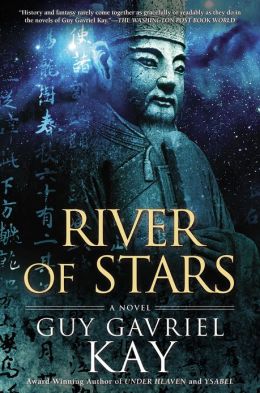 Though your acknowledgement at the end of River of Stars captures the process quite well, tell us about the research you do in order to capture a certain period and locale. In particular, can you speak of the challenges of doing research in and about China for your last two novels?
Though your acknowledgement at the end of River of Stars captures the process quite well, tell us about the research you do in order to capture a certain period and locale. In particular, can you speak of the challenges of doing research in and about China for your last two novels?
It wasn't formally very different from other recent novels I've done. I think my first "way in" here was through some of the very great poets of China, not just their craft and art, but the world and worldview they give us vignettes of. I am reading and corresponding, making notes, considering themes, sometimes traveling, for about 12 to 18 months before I start writing. I love the research period, and I get very edgy when I realize the time has come to start turning it into a book.
You are known for writing fantasy novels set in thinly veiled or slightly altered versions of real historical places. What's the appeal of this approach versus writing straight historical fiction?
That's a terrific question that demands an essay, and I have written essays and speeches on this. Here are two aspects of what appeals to me. I dislike presuming to know the thoughts and feelings of a real person. I prefer inventing a Valerius and Alixana, rather than pretending I know what Justinian and Theodora of Byzantium were like when alone, or in bed together. (They're from my two Sarantine Mosaic books.) I feel ethically and creatively better when working this way. Secondly, I have always disliked the "smugness" with which modern writers and readers often view beliefs of the past. ("Can you believe they thought that if you threw a curse tablet into an open grave...?") So I let the freedom of my quarter-turn to the fantastic (as one reviewer once put it) allow me to make the world be as the people in the story believe it to be. This gives weight and value to their worldview, and--if I do it properly--lets the reader see it that way, too.
The use of magic, the appearance of the divine and the uncanny in your works is always understated. Do you have a method for bringing these elements organically into play?
As I said, I like to work with the supernatural as a way of helping the reader understand the world as my characters understand it. It is a tool for bringing the worldviews of the past a little more to life (I never assume we are actually getting the full picture; when we write about the distant past we are all shaping, to a degree, a fantasy of it). So I suppose my "method" is to keep in mind that these elements are in the service of the story and the setting, not present for their own sake. I want all the elements of the novels to be organically linked to each other, in order to help the reader's immersion into my story.
You are brilliant at capturing the romantic aspect of life, the sexual longing and fulfillments of the flesh. How do you approach this as a writer?
You do know this is almost begging for a joke about due and diligent research.... Honestly, I think it is another element of fiction that comes back to imagination and empathy, and perhaps also, in a larger sense, to a core belief in respecting my readers. In assuming they are interested in, and willing to explore with me, complex figures experiencing complex lives, which can (and will) include the erotic and emotional.
You stand out among modern male fantasy writers in being able to portray strong, fully realized heroines (Lin Shan in your new book is only one example). What influences in your life made you more attuned to writing credible females?
Thank you. I admit I used to feel very flattered when readers made comments like this. But as I get older I have come to worry about what is embedded in the comment. If we can only write from our own stance or perspective, how do we do any fiction that is not autobiography? How does a woman write a man? A young author do an elderly character? An Australian or Indian novelist create a Canadian? A decent person create an evil character? In the end, all of this comes down to imaginative empathy and to craft, and these are central to the writing process. --Donald Powell, freelance writer
Guy Gavriel Kay: Inspired by History
 Menna van Praag says that the idea for Hope Street came to her three years ago when she visited a very special house. The moment she stepped inside, "I felt it was watching me, holding me. I could feel its spirit so keenly. I went home that night and began writing, and everything else took off from there."
Menna van Praag says that the idea for Hope Street came to her three years ago when she visited a very special house. The moment she stepped inside, "I felt it was watching me, holding me. I could feel its spirit so keenly. I went home that night and began writing, and everything else took off from there."



 Though your acknowledgement at the end of River of Stars captures the process quite well, tell us about the research you do in order to capture a certain period and locale. In particular, can you speak of the challenges of doing research in and about China for your last two novels?
Though your acknowledgement at the end of River of Stars captures the process quite well, tell us about the research you do in order to capture a certain period and locale. In particular, can you speak of the challenges of doing research in and about China for your last two novels?